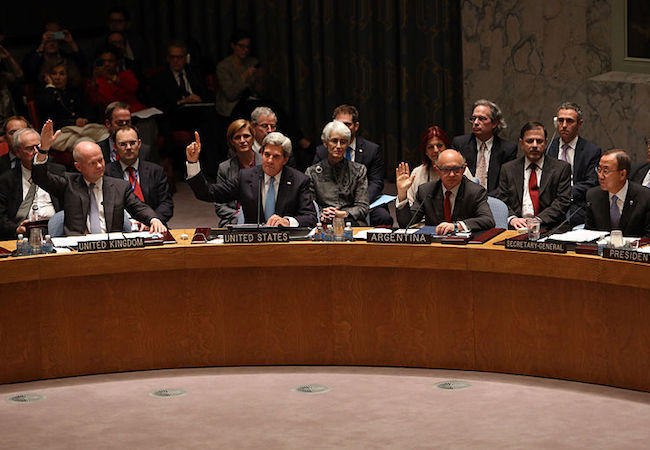Aleppo: The burial ground of short-lived R2P

By Rocío Corrales Rayón
As final call videos from Aleppo populated social media feeds leaving many wondering why is the international community not taking action to avoid the loss of civilian lives, the principle of the Responsibility to Protect (R2P) seems to have been buried under the rubble.
The Responsibility to Protect
The intervention in Libya following the 2011 uprisings reinvigorated an old debate in international relations and humanitarian law about the principle of R2P, as it is commonly known. The International Commission on Intervention and State Sovereignty (ICISS) published in December 2001 The Responsibility to Protect report. After its publication, the R2P was adopted in the 2005 World Summit and subsequently reaffirmed by the UN Security Council Resolution 1674 in 2006 and Resolution 1894 in 2009. The World Summit Outcome Document articulates three pillars of the R2P doctrine. First, “each individual state has the responsibility to protect its populations from genocide, war crimes, ethnic cleansing and crimes against humanity”. Second, the international community has the responsibility “to help States to exercise this responsibility”. Third, when pillars one and two have failed, the R2P contemplates the responsibility of the international community, through the United Nations, “to use appropriate diplomatic, humanitarian and other peaceful means” to ensure that the first pillar is met.
Controversy and loss of legitimacy
It is important to note that “there is nothing in the 2005 World Summit agreement that creates –or tries to create– a new law in relation to the RtoP”.[1] John Bolton, the US Ambassador to the UN, argued on a letter to the President of the UN General Assembly, that the US and the international community were not legally obliged to intervene or exercise the R2P doctrine. He also demanded a change of the word ‘obligation’ to the word ‘responsibility’, which was accepted and reflected in the Outcome Document.
A point for further argument is who decides when and how to implement this responsibility. Some opponents to the principle of intervention, even under the framework of R2P, have argued that “those who define human rights and decree that they have been violated also decide when and where intervention to protect such rights should and must take place”.[2] While humanitarian intervention is articulated in the name of the international community and universal principles such as human rights, the UN Security Council, the body with the authority to decide when an intervention should be carried out, is clearly not a representation of the international community in its composition. The veto power in effect means the politisation of conflict and the end of universality. Similarly, the Council has continuously refused any possibility of admitting new members for a more representative body, which results in a continuation of a discriminatory system that evidently does not represent the international community and its will.
If exercising the veto power is problematic in cases such as Syria, history evidences that it has been bypassed unsystematically, and there are examples of NATO’s intervention without UN Security Council’s mandate (Kosovo) or legal basis (Afghanistan and Iraq). While the Libyan intervention was authorized by the Security Council through the adoption of Resolution 1973, it was also not free from controversy either. The International Coalition for the Responsibility to Protect (ICRtoP) wrote:
NATO also came under scrutiny from some Member States and civil society over whether NATO had gone beyond its mandate from the Council to protect the population by helping rebel forces in defeating Gaddafi’s army, thereby affecting regime change. European nations called for Gaddafi to step down as early as 12 March, which has invited skepticism that the NATO mission adopted the leader’s removal from power as an objective or even that some Security Council members assumed regime change to be a necessary step to protect the population in Libya.
It was arguably this legacy that prompted the UN Security Council to avoid intervention at the early stages of the Syrian conflict, coinciding with the Resolution for intervention in Libya.
It is all of this indeterminacy and alleged haphazardness that accompanied the R2P from the outset that has caused the lost of legitimacy of not only the doctrine but arguably the functioning of the Security Council. Clear and concise parameters should be established, avoiding the current situation in which loopholes permit humanitarian interventions to be selective. Otherwise, the R2P principle may already be considered to be buried under Aleppo’s rubble.
References
- Bellamy and Reike, 2011, ‘The Responsibility to Protect and International Law’, in A. J. Bellamy, S. E. Davies and L. Glanville (eds), The Responsibility to Protect and International Law, Martinus Nijhoff, Leiden, pp. 81-100.
- Ayoob, M. 2002, ‘Humanitarian Intervention and State Sovereignty’, in The International Journal of Human Rights, Vol. 6, No. 1, pp-81-102.




